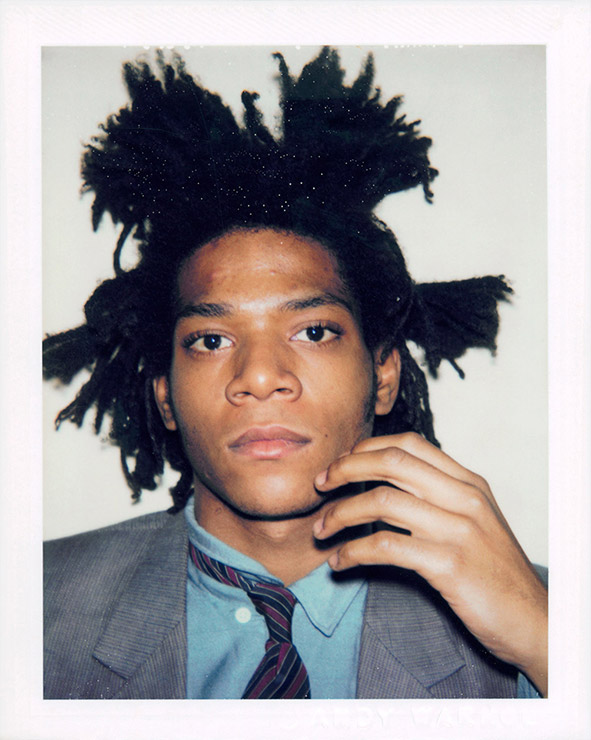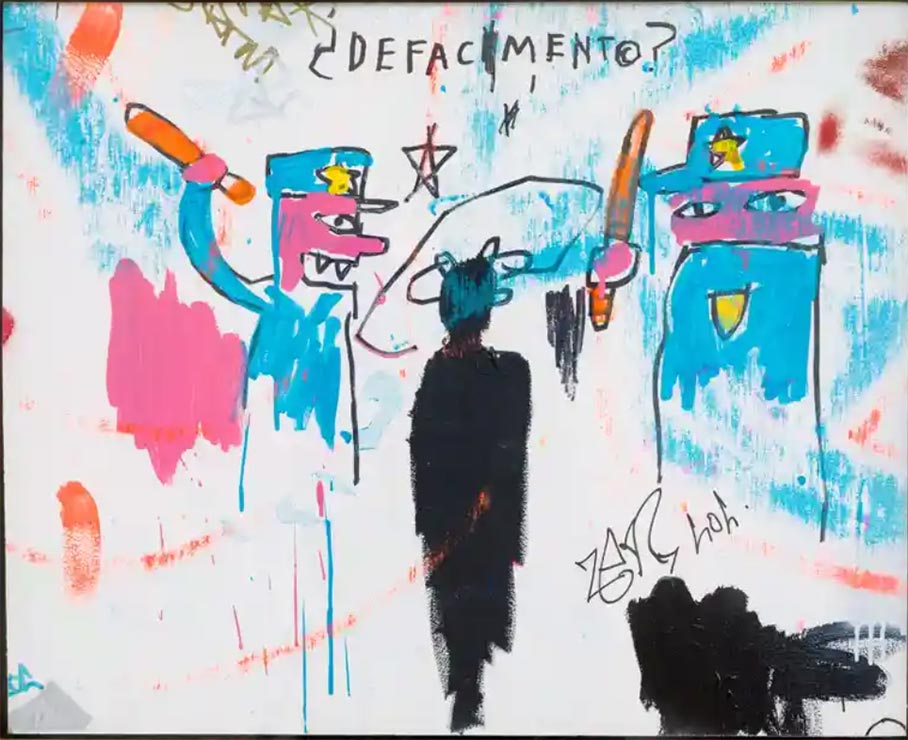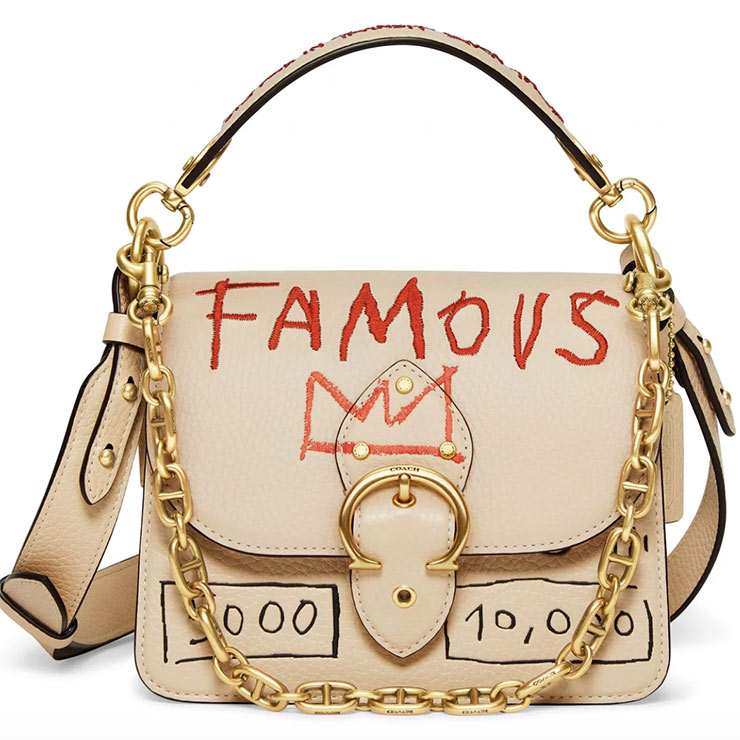Who painted the work seen in the latest Tiffany & Co. publicity blitz? Jean Michel Basquiat, one of the most influential American artists in the 20th century, and a black man.
READ ALSO: Under The Heavens: An Exhibition Of Michaelangelo’s Sistine Chapel Paintings Is Touring The World
In the new Tiffany & Co. campaign, Beyoncé and Jay-Z are standing in a “never before seen” 1982 Jean-Michel Basquiat piece.
This is a combination that would have sent tails wagging anyway, but the excitement was ramped up due to the painting (recently acquired by Tiffany) itself: painted in that familiar, iconic color we associate with the jewelry brand (“Tiffany Blue”), it had people wondering if this was all happenstance or if Basquiat, who died in 1988, had painted the work with Tiffany in mind.

Tiffany executive V.P. Alexandre Arnault says the connection is slightly tenuous. Speaking with Women’s Wear Daily, he said “We don’t have any literature that says he made the painting for Tiffany.”
This, of course, does not stop anyone in the brand from indulging in some form of myth-making: “We know he loved New York, and that he loved luxury and he loved jewelry. I guess that the painting is not by chance. The color is so specific that it has to be some kind of homage.”
According to Vanity Fair, Basquiat’s luxurious, paint-in-his-Armani-suit image didn’t start until 1985, three years until after the painting was finished (worth also noting in that article is an anecdote shared by Michael Chow, of Mr. Chow fame, who said that in a dinner with a Tiffany director and Basquiat, Basquiat was not a fan of the director and proceeded to order the most expensive wine on the list).
Due to the shrewd cloaking of Basquiat’s modern persona as merely a painter of highly collectible art, it’s easy to forget exactly what the art truly said.
“Everything he did was an attack on racism and I loved him for this,” said Suzanne Mallouk in Widow Basquiat: A Memoir. One painting, Defacement (The Death of Michael Stewart) shows two cops ready to beat a black boy. It depicts a real event: in 1983, the young black artist Michael Stewart was arrested and beaten into a coma by three police officers. They were found not guilty by an all-white jury.
“Over and over, he redrafted America’s history, the ongoing brutalizing dynamic of racism and its long legacies. He painted slave auctions and lynchings, cartoon-style, livid, and he also made scathing accounts of what we might now call everyday racism,” wrote cultural critic Olivia Laing in Funny Weather: Art in an Emergency.

“One of his obsessions was black talent and what happened to it,” Laing continues. “the way that jazz musicians and sports stars—Sugar Ray Robinson, Charlie Parker, Miles Davis—might accrue fame and money and yet remained trapped in a white system, exploited and belittled, still susceptible to being bought and sold.”
This last point is particularly salient, considering who else shares the spotlight with Basquiat in the Tiffany photo: Jay-Z and particularly Beyoncé, who over the years has grown more cognizant of her power and position, and the hysteria it makes white people feel (surprise! Beyoncé is black).
It is interesting to see who is gets richer over the commodification of Basquiat. The license of his name is owned by Artestar, a global licensing agency. The group has granted the usage of his name and work in collaboration with varied brands like Urban Decay, Alice, Coach, Supreme, and Uniqlo. Tiffany & Co., by association, is just the latest in a long line of many. Who owns Artestar? A white man.

Basquiat, ever knowing of how white power functions in America, would not have been surprised. We will never know how he truly feels about all the hullaballoo, but he would be aware of the institutional racism he is viewed at.
Laing writes that at the peak of his powers, he still couldn’t hail a cab on the street. In a monograph of his work, edited by Dieter Buchart, he said “They have this image of me: a wild man running, you know, wild monkey man, whatever the f**k they think.”





